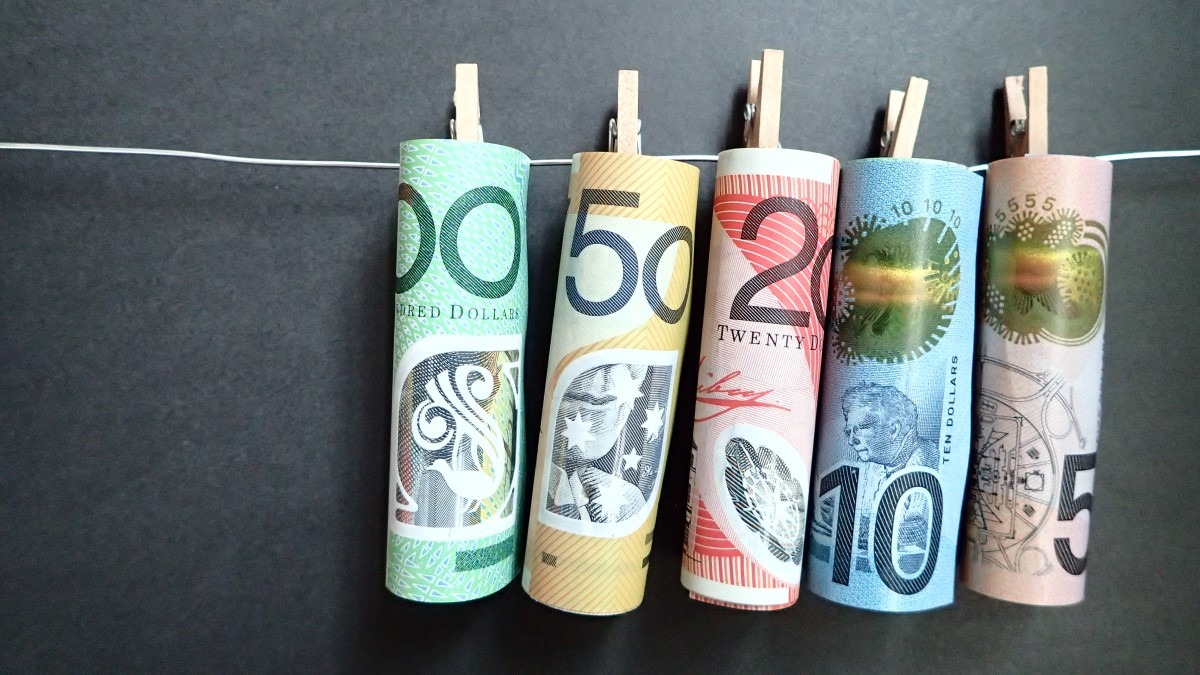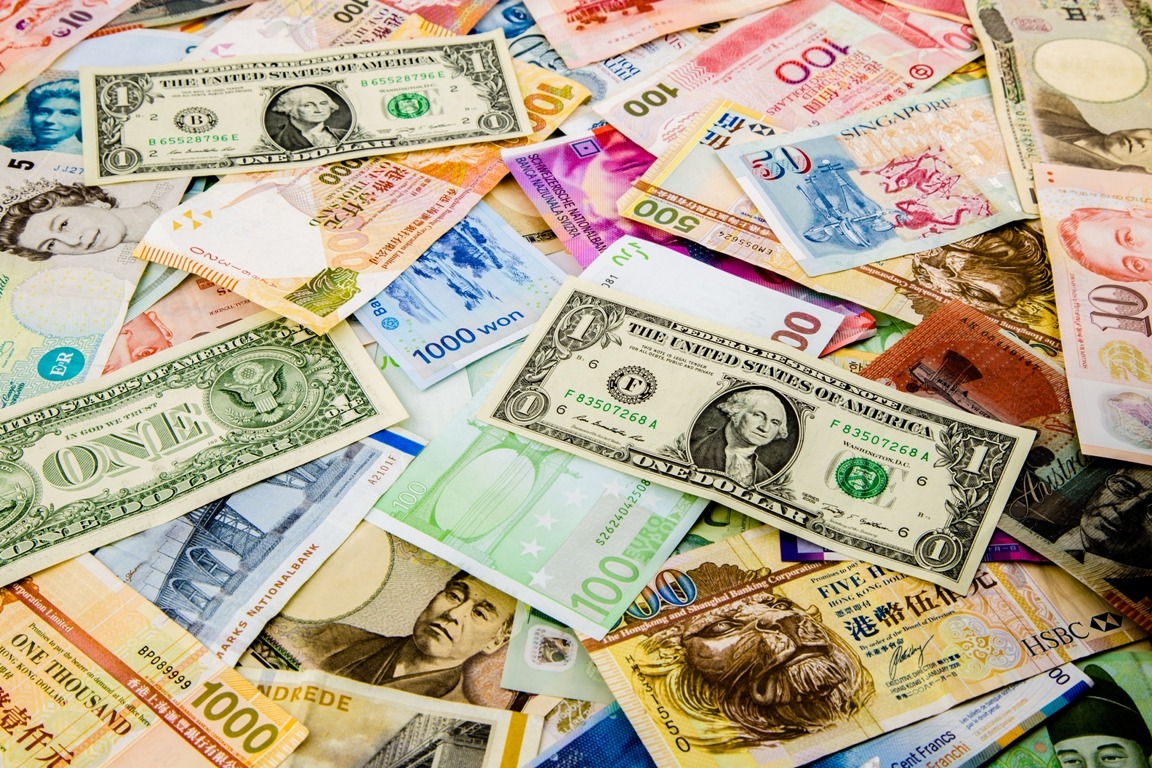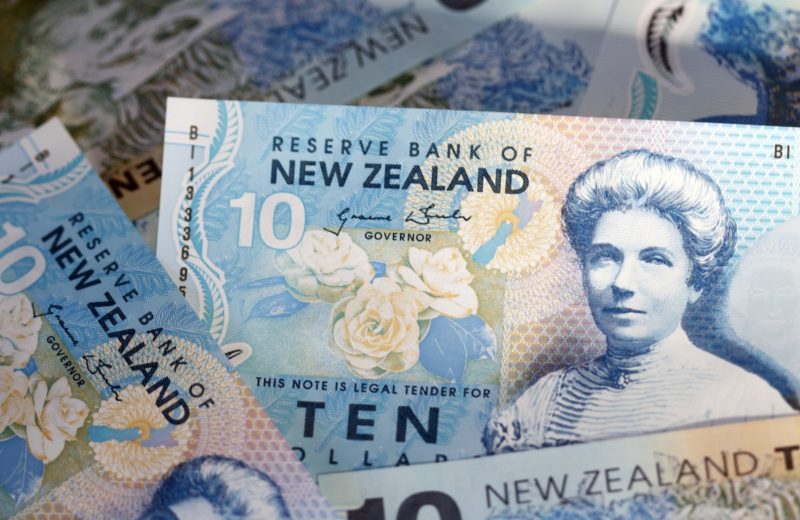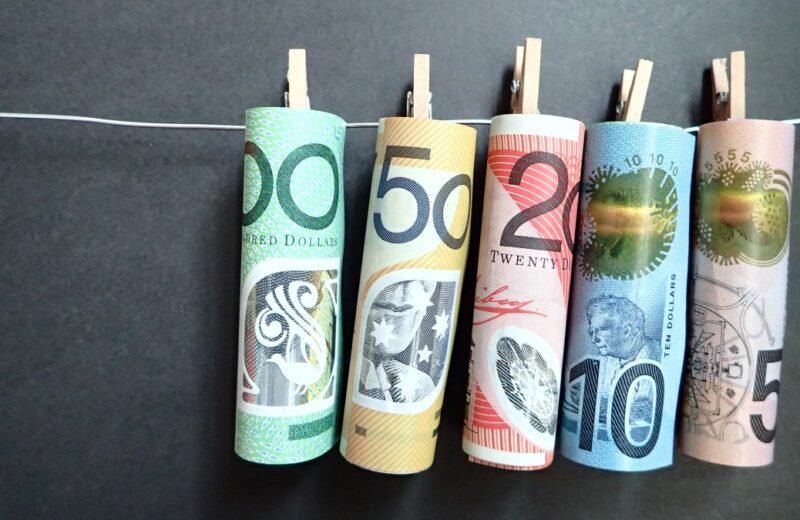The Japanese yen fell overnight, and the US dollar appreciated against most currencies, stronger against the yen.
USD/JPY peaked at 132.89, nearing the New York close, just below last week’s high of 133.00; it has eased so far during the Asian session.
The end of March signifies the end of the fiscal year in Japan. Some of the currency’s recent weakness has been attributed to potential cash flows from this accounting event. And the apparent proposition of the problems in the banking sector has led to an increase in risk appetite this week. The Japanese yen’s perceived haven status may have weakened in this recent move.
Treasury yields were flat over the past 24 hours after recovering from the sell-off following the Silicon Valley Bank (SVB) Financial collapse.
Federal Reserve Chairman Jerome Powell reportedly met privately with a group of Republicans yesterday. He pointed to the dot charts from the last Federal Open Market Committee (FOMC) meeting when asked about the further rate increase. The dots pointed to another rate hike this year.
The market is now pricing at a 50% probability of a 50-basis point lift from the Fed at the meeting in early May.
As of April 8th, Governor Kazuo Ueda will officially assume his role, succeeding outgoing Governor Haruhiko Kuroda.
Once this transition is accomplished, the market expects a gradual change. There is speculation that the new governor could try to change tactics subtly, possibly towards the end of this year.
USD/JPY is in a bearish posture, staying beneath the three moving averages, thereby giving off a bearish signal. A higher move would meet initial resistance around 132,55 before 132.75 and 133.00 emerges, while a new set of down moves on either side of 130.45 will provide initial support.
The solution to the issue
This morning, Japanese Prime Minister Fumio Kishida said the government wants to narrow the wage gap between Japan and abroad. He said that “wage increases will be one of the three pillars of the new capitalism.” Moreover, he added that his government is trying to develop policy guidelines that include wage increases.
Higher wages in japan will help fuel more persistent inflation and could lead to tightening the monetary policy by the BoJ, including less control of the yield curve.














